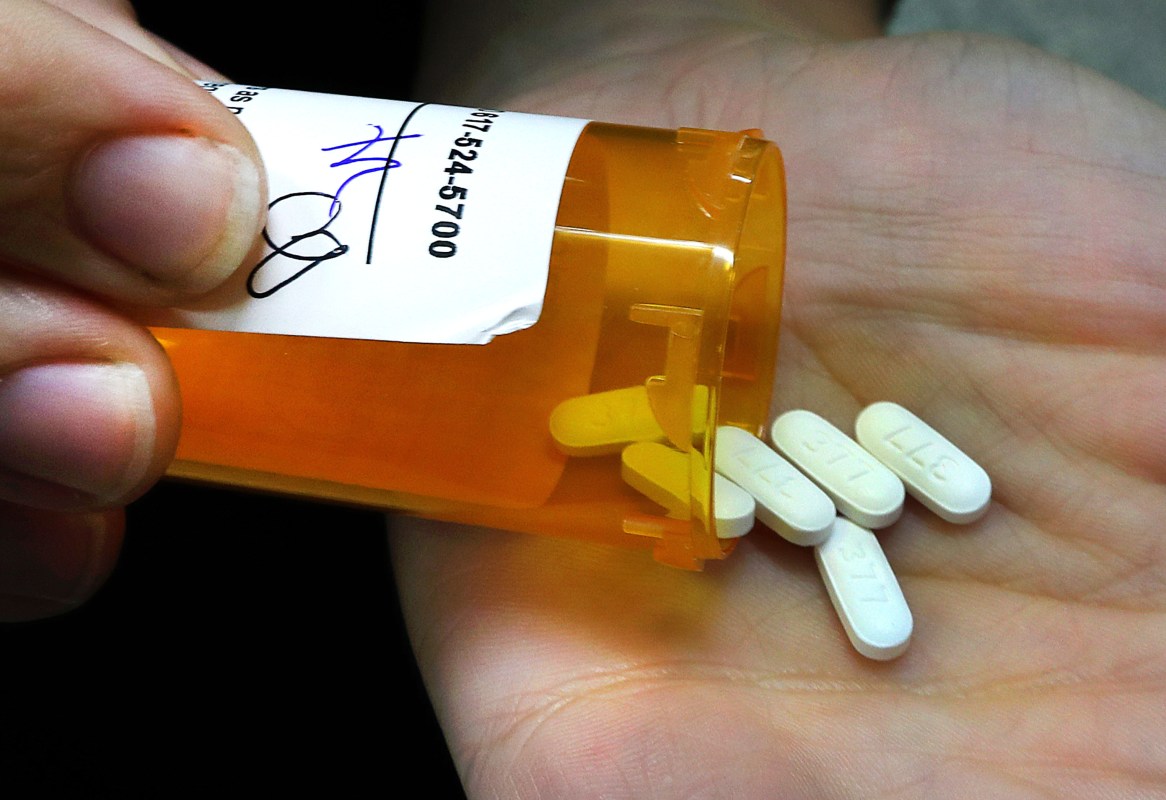In Dayton, Ohio, once home of one of the country’s highest opioid drug mortality rates, addicts are finding the help they need without judgment or fear of hard time in prison.
The city’s various “help not handcuffs” measures halved deaths by opioids in 2018 alone, The Guardian reported, a success rate that is inspiring other cities across the country to follow suit.
The crisis claimed the lives of 577 Dayton residents via accidental overdose in 2017, a fourfold increase since 2010 and one of the highest per capita rates nationally. But these startling numbers spurred the city’s authorities, health officials and community groups into cooperative action and led to the formation of the Community Overdose Action Team (Coat).
“The numbers (of deaths) were continuing to rise,” said Barbara Marsh, a co-lead of Coat and a health official for Dayton and Montgomery county. “We needed to align efforts; we needed to leave egos at the door and work together.”
Doctors running illegal “pill mills” were hit with lengthy prison sentences. And needle exchange programs — which helped health officials get in contact with drug users to offer counseling — began, and police and emergency responders were equipped with the nasal spray Narcan, that quickly revives overdoses.
Now, instead of arresting those addicted, a police team calls or visits users shortly after they overdose to offer help. And public money was procured for treatment, out-patient and recovery facilities.
Since the beginning of 2018, drug overdose deaths in Dayton’s Montgomery county fell 65% thanks to Coat and overdose emergency department visits dropped 73%, while police and emergency calls to deal with overdoses dropped by two-thirds.
Thanks for reading InsideHook. Sign up for our daily newsletter and be in the know.


















